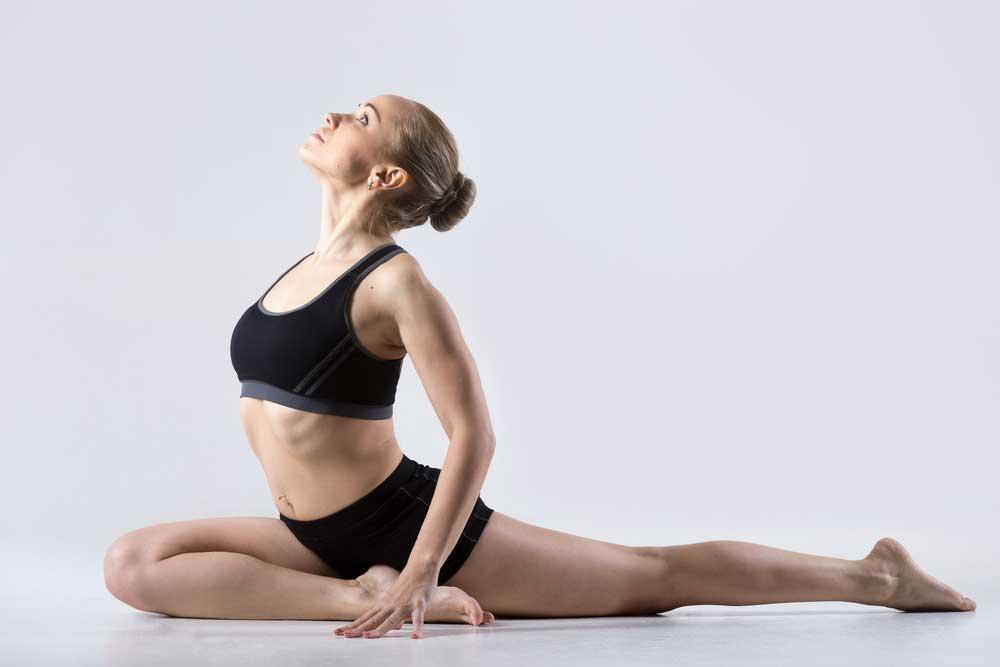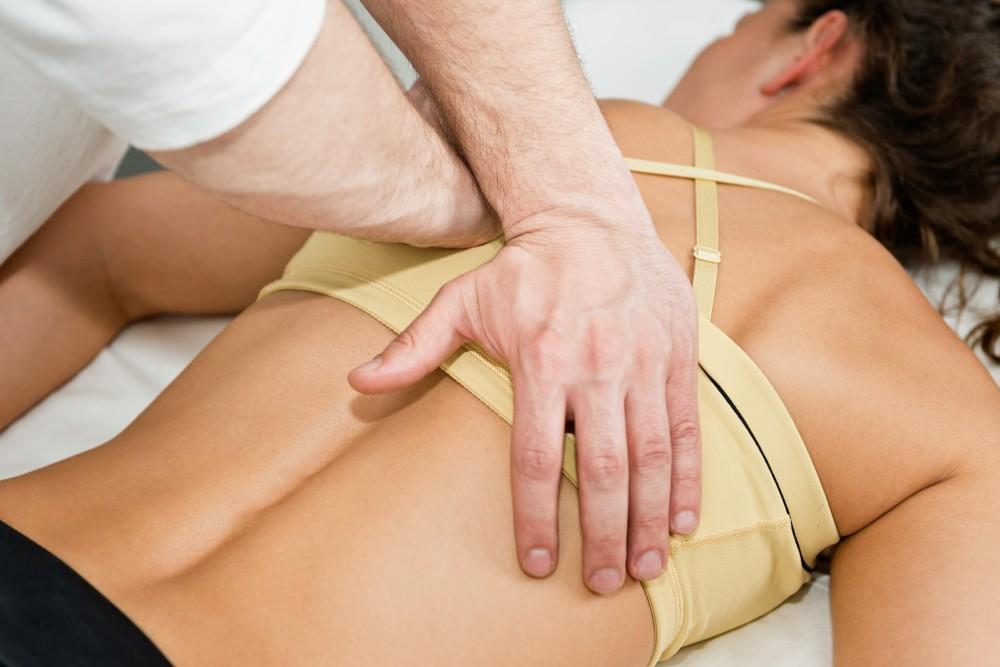
Best Stretches for Hip Pain

Sitting, arthritis, injuries, bursitis, and sciatica are just a few of the reasons your hips may ache or cause daily discomfort. The orthopedic and pain management specialists at Advanced Spine and Pain with locations in Fairfax County, Virginia; Stafford, Virginia; and the Greater Baltimore, Maryland area recommend stretching exercises to help relieve achy, stiff hip joints. Here are some of our favorite, effective stretches you can do anytime you want to increase flexibility, build strength, and ease tension in your hips.
1. Build a bridge.
This is a great stretch to do in the morning since it warms up your legs, abs, and lower back muscles so they can support you throughout the day. Lie on your back on a yoga mat with your legs bent, feet flat on the floor, about hip-width apart. Let your arms rest naturally beside you on the mat.
Press down through your ankles to your feet, and raise your buttocks off the floor. Tighten your ab muscles for extra support in your lower back. Try to keep your knees in line with your ankles, making a straight line from your knees to your shoulders. Be careful not to arch your back.
Hold the bridge position, with your buttocks elevated for three to five seconds. Your shoulders, neck, and head should be comfortably centered underneath you, without putting pressure on your neck. Begin with one set of 10, and try to increase to two or three sets at a time.
2. Build strength in your inner thighs.
Your inner thigh muscles help support your hips, so exercises that make these muscles stronger can help relieve daily hip discomfort, especially bursitis pain. You’ll need an exercise ball or a firm pillow to hold between your knees for this stretch.
Lie comfortably on your back with the ball or pillow between your knees. As you slowly raise both legs, keep them straight and squeeze the ball between your knees. Try to lift your legs so your toes point toward the ceiling without dropping the ball. Work your way up to 10 repetitions and as you build strength in your inner thighs, abs, and low back, add another set or two.
3. Don’t forget to strengthen your outer thighs.
Since you’re working on increasing strength in your inner thighs, it makes sense to give equal attention to your outer thighs. Building up the outer thigh muscles for support is especially helpful if you have arthritis in your hips.
Begin by lying on your side with the hip that doesn’t hurt, or hurts the least. With your top leg out straight, lift from your hip all the way to your foot until your leg is about six inches off the floor. Hold for a couple seconds, then lower your leg.
Be sure not to lift your leg too high if it makes your hip hurt. Do what’s comfortable until you build strength. If you can switch sides without pain, repeat on the other leg. Work your way up to three sets on each side.
4. Increase flexibility with the hip flexor stretch.
The hip flexor stretch is good for easing tightness and increasing flexibility. Kneel on the mat with your right knee, and bend your left leg out in front of you at a 90-degree angle. Position your left knee directly over your left ankle. Your right knee should be directly under your right hip.
Place your left hand on your left thigh for support, and extend your right arm straight up toward the ceiling. Tuck your hips forward and squeeze your buttocks. Hold this position for about 45 seconds or 10 breaths. Repeat the exercise on the other side.
5. Decrease stiff hip joints with the pigeon pose.
Keeping your hip joints as limber as you can ease daily stiffness. The pigeon pose lets you get a deep hip stretch. Begin on all fours with your hands in line with your shoulders and your knees aligned under your hips. Bring one knee forward across your body, and let the other knee extend back in a lunge.
Drop the back knee to the ground, keeping your hips straight. Inhale as you creep your hands forward on the mat. Hold the pose for 5-10 seconds. Relax and repeat a couple times on both sides of your body.
Regular stretching can make a difference in the amount of pain or discomfort you feel in your hips each day, so try to stretch at least a few times a week, or whenever you need to relieve the tension in your hips. However, if any of these exercises hurt or make your hip joints feel worse, stop doing them and give us a call or schedule an appointment online at any of our locations.
You Might Also Enjoy...


Understanding the Difference Between Cervical and Lumbar Stenosis

What to Expect After Radiofrequency Ablation for Neck Pain

When to Consider Injections for Your Sciatic Pain

What Happens When You Throw Your Back Out?

